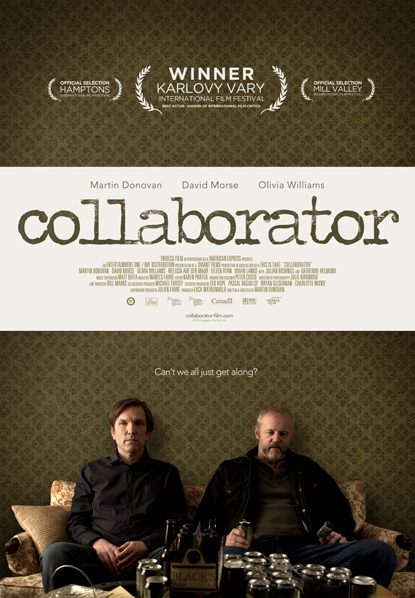If you couldn’t make it to the IFC Center in NYC on June 18th, you missed having Hal Hartley moderate a Q&A session with Martin Donovan, David Morse, Melissa Auf der Meur, and myself on how Martin wrote, directed, and got his debut feature made.
Ah, but no worries, the glory that is the internet brings the past back to you for your eternal enjoyment. COLLABORATOR is currently available on VOD and will return to the IFC Center tomorrow July 6th, and then the Egyptian in LA on July 20th. Please check it out.
Certain highlights to check out:
Hal Hartley & Martin Donvan on “What is directing”
approximately 1745- 2250
David Morse, Hal Hartley, Martin Donovan, and me (Ted Hope): “What makes a director someone an actor (or producer) wants to work with”
approx 25:00 – 31:00
For more of Martin’s secrets, check out his interview with Marshall Fine here.



